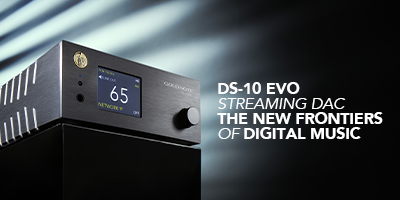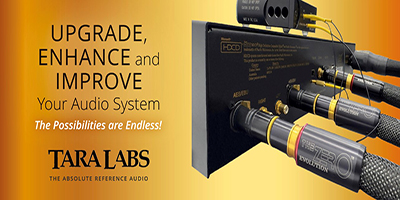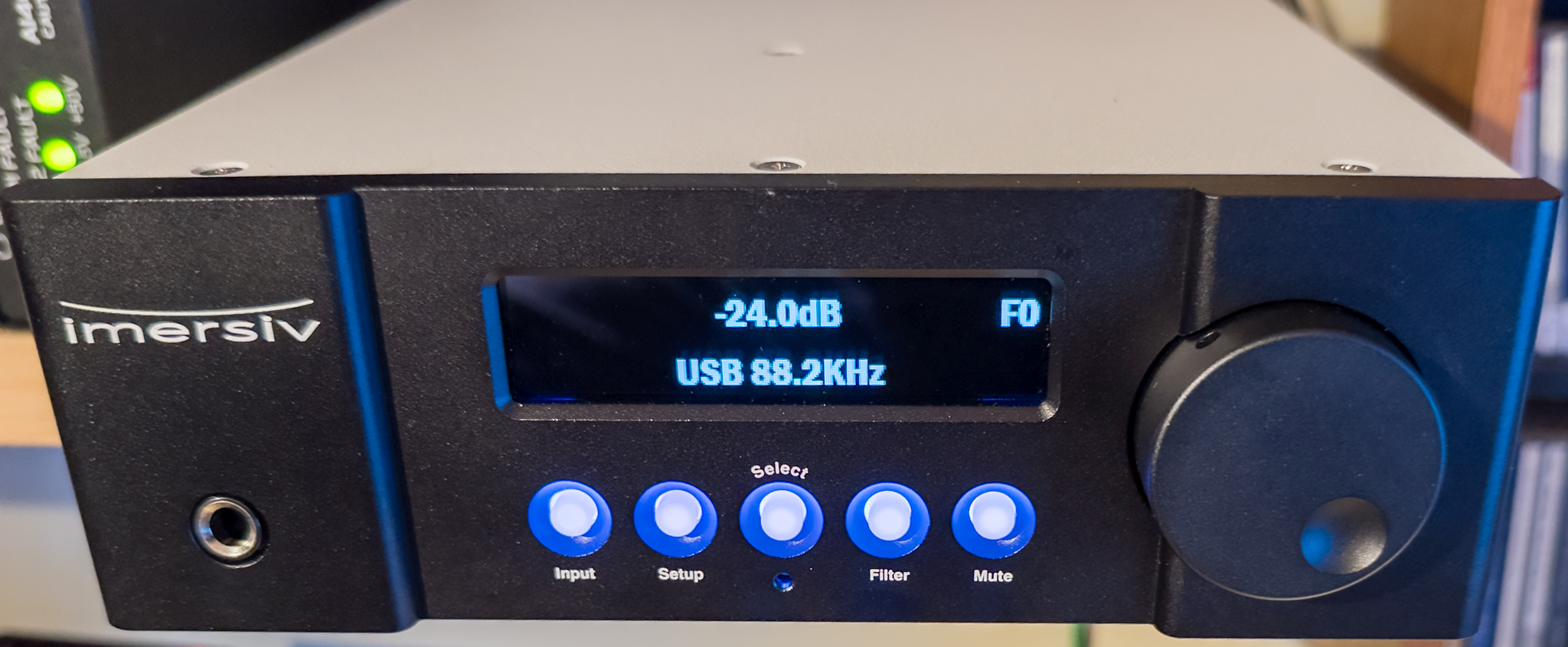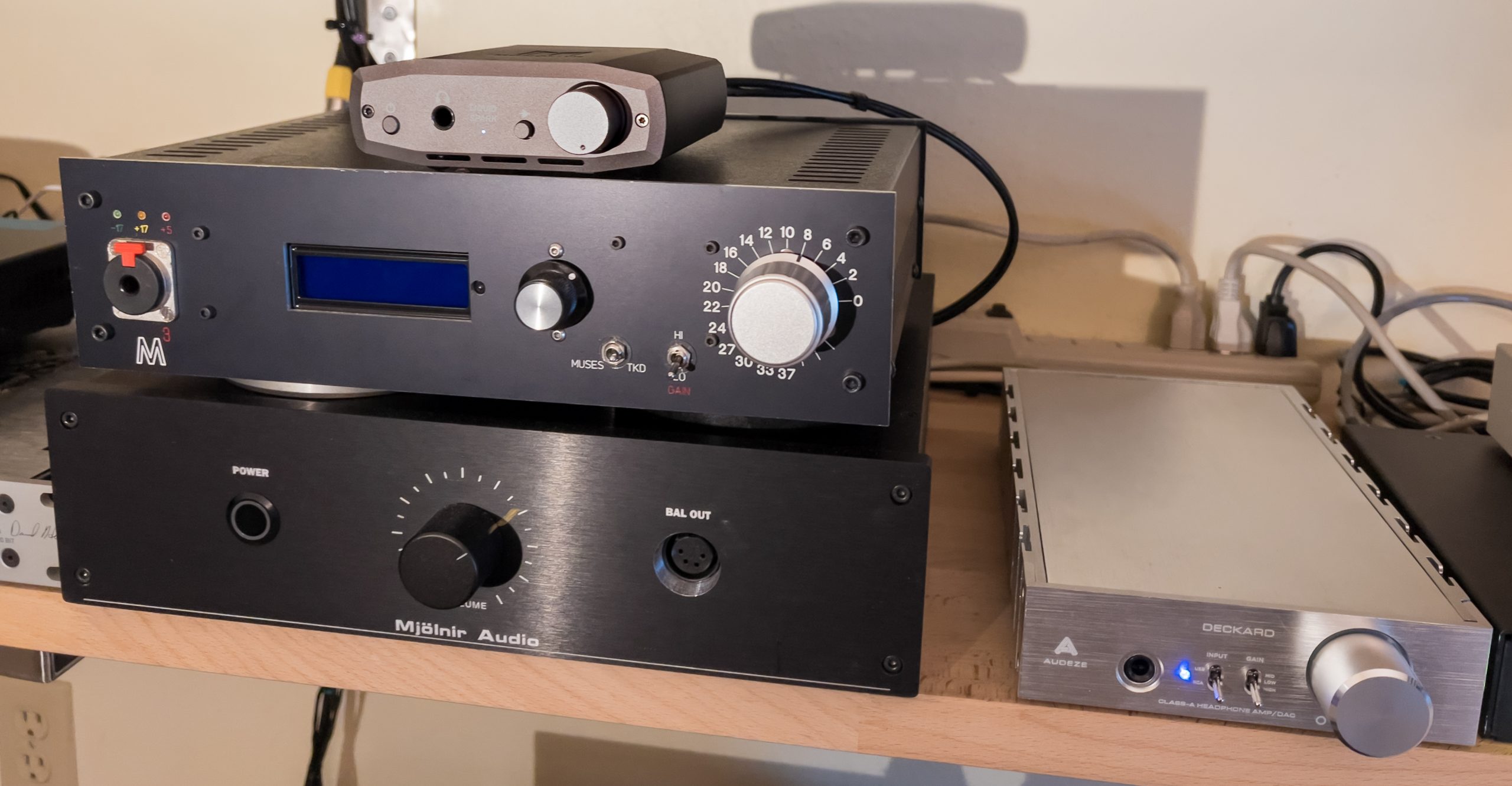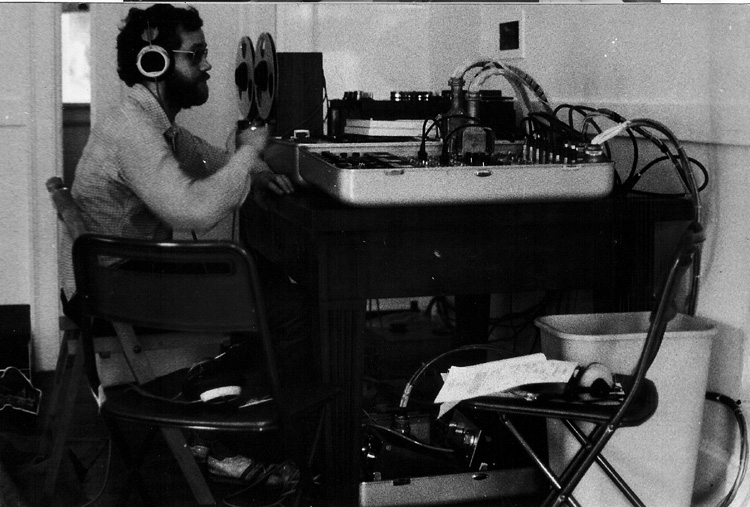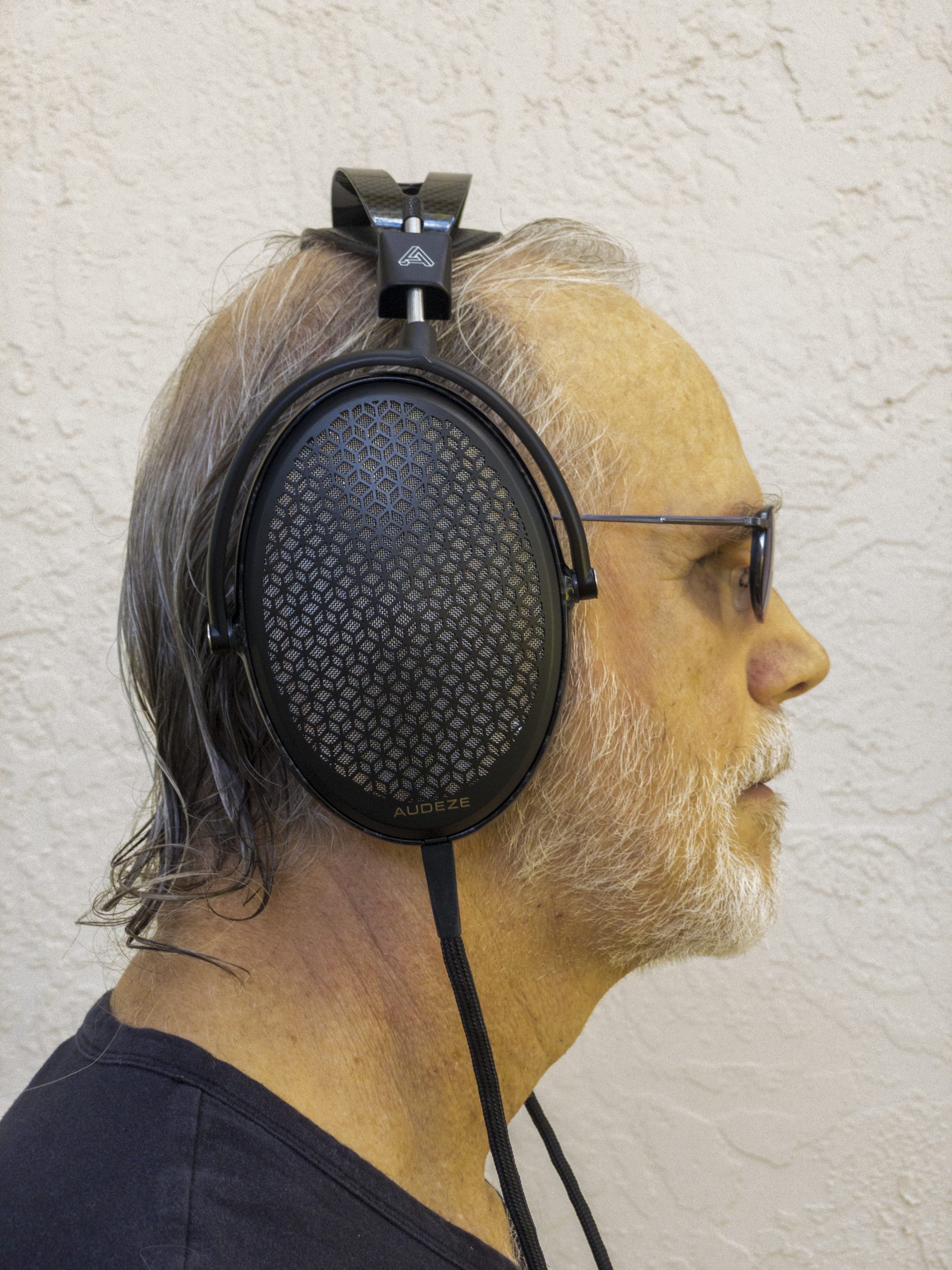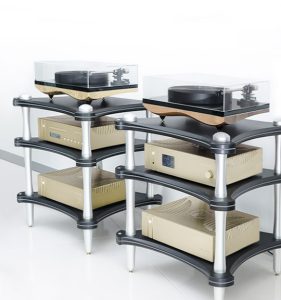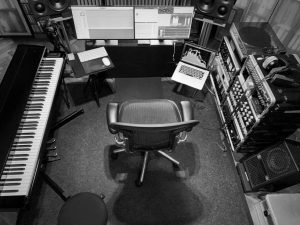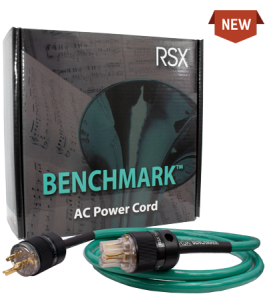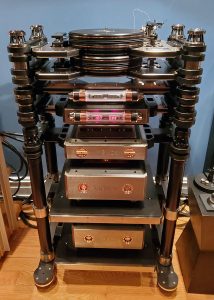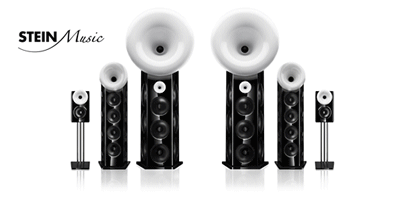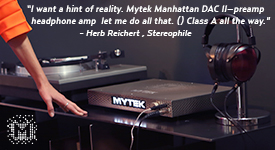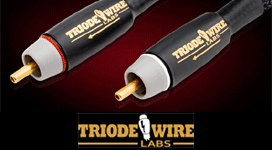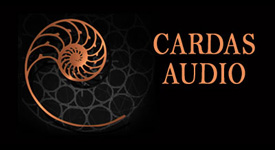I'd like to think I have an audio worldview that makes consistent sense, both in the scientific world and the audiophile world. For example, I know that no amount of equipment mania will replace fixing a room with bad acoustics. I know this makes sense: paying attention to acoustic science will get you, say, 90% there, and only the last 10% is subjective, personal preference on reverb time, loudspeaker focus, loudspeaker distance, and so on.
So yeah, my head is screwed on the right way. At least I thought so, till this very day, today, mark it down, folks, October 11, 2025. Here's how we got here: For a few years, I've been trying to design and build an amp for Electrostatic headphones that won't break the bank. I have no preconceived notions that I could personally build an amp that sounds as warm, sweet and clear as my fabulous Mjolnir Carbon CC. But I dream of trying. After all, the Carbon is Class A throughout, heats the room and burns your fingers if you touch the top. It uses those amazing SIC output transistors, the closest thing they say to a triode tube. But you might need a second mortgage to afford it, because these headphone amplifiers are now priced at $7100 and who knows what the Trump Tariffs are going to add when shipped from their factory in Iceland. When I purchased mine, it was a little under $5000 USD, still pricey but more affordable.
OK, what kind of an amp can I build that won't break the bank? To use as a backup, for a second room, or just to show people that it can be done. I knew the topology could not be all active like the Mjolnir. A class A, high voltage direct-coupled Estat amp is a very expensive technology. It took Birgir (aka "Spritzer") and Kevin Gilmore years and years to get their "KGSS" design to the point where it doesn't sound bright or harsh, where it has purity of tone, depth, impact, tons of headroom, and rivals or beats any tube Estat amp. I'd say this development point occurred sometime in the last 5 years. Kudos to Birgir and Kevin!
So, my plan was to take a combination active-passive approach, with a high end Class D amplifier module, and an excellent step up transformer, plus all the other ingredients necessary to make an Estat amplifier, like a 580 Volt regulated high voltage supply for the Estat bias. In my penultimate attempt, I used a Pascal U-Pro 2S Class D module, pictured below. It's only 7 inches long, weighs half a pound and fits well in the box I would be using. Output power is 280 W per channel, a respectable level compared to the kind of amp that people have been trying to use for decades with a step up transformer to passively drive an Estat phone. I picked a toroidal transformer intended for use in a tube power amplifier, only running in reverse. It's used for voltage step up, not step down as in the original tube amp. We have to be able to produce a clean 100 V RMS signal, which would produce 100 dB SPL in a set of Stax or Audeze Estat phones. Some headroom is warranted, so let's say it should be capable of producing 110 dB SPL on peaks. We would never want to intentionally hit that kind of peak level, but my ears have told me that high headroom means better sound, at least when driving inefficient loudspeakers or Estat phones.
Here's what the inside of the full Estat amplifier looks like:
This may look complicated to you, but trust me, it's a lot easier to build and get going than a fully active amplifier. (Forgive the DIY look).
After building it, came the measurement and the listening, of course. Well, I measured 0.003% THD at 1kHz at 100 Volts, which increased to 0.036% THD at 20 Hz. I hoped this extra THD at low frequencies would not prove a problem, but sadly, it did. The sound was bloated and a bit undefined at the bottom. I was quite disappointed, to say the least. For me, this amplifier was a failure. I really didn't want to listen to it. Here we see that measurement and listening do seem to correlate. I eventually figured out that the 2 ohm buildout resistor I used to protect this little Pascal amp was causing the increase in distortion at low frequencies.
So, next plan was to move up to another Pascal module. This new module has more power, it's three times the weight of the previous and more importantly, it can drive the low impedance of the transformer without requiring a buildout resistor. Measurements are very promising. After switching to this new Pascal module, and eliminating the buildout resistors, THD at 20 Hz has reduced from 0.036% to 0.008%. But does this correlate—how does it sound?
Nice to see that bass is much tighter and cleaner, quite decent if I must say. Once again, science and listening correlate. These transformers roll off ½ dB or more at 20 Hz, so the subsonics are not as impacting as those of the Mjolnir. Again, science matches the listening. Its high end is simply not as pure or warm as that of the Mjolnir reference amp. It's decent, but trumpets get a little harsh and there's a bit of grit compared to the tube-like Mjolnir. Could this be due to the rise in energy at 20 kHz that I measured? Anyway, it's still nice, at 1/14th the price. I'd grade this amplifier/transformer combination as maybe 90% of the Mjolnir: a little light in subsonic impact and a little gritty in the upper midrange/highs. Good news: After applying EQ in my RME ADI-2 FS DAC, two bands, a 1 dB upward bass shelf and a 1 dB downward treble shelf, the sound is solid in the bass and the tonal purity much closer to that of the Mjolnir. Now I grade it as close to 95% of the Mjolnir, but you know I'm biased; this is my creation!
Folks, I can't help myself, I wanted to measure the headroom before clipping, and that's what got me into trouble this Saturday, October 11. I took the amp back into the tech room (my garage) and measured the headroom, but the high voltage sine wave measurement smoked two load resistors I had on the secondary, and blew out the secondary of one transformer, and the amp blew its power fuse. Why do I have to be so anal!
So, with a blown output transformer, what was a guy to do? Answer: I turned to a pair of classic Fisher tube transformers made in 1961, originally used in the highly regarded Fisher X101B tube amplifier. I cut some wires and pulled out the bad toroid and replaced both with these venerable brown Fisher beauties, that I got from Ebay for under $400. Pictured below.
It took me an hour to drill some holes and splice in the Fisher transformers. Then I measured THD at 100 Volts and, sadly, it was significantly higher at 20Hz than any of my previous measurements. This really worried me. But what's to lose after a long afternoon of development I decided to bring this Frankenstein monster into my mastering room, which is also my listening room. I played one of my reference pieces and—oh my goodness! Holy sh*t!!!! This amp sounds fabulous, warm, sweet, deep! Bass is still nice, a little bit fatter than other presentations, but barely, and I mean it still rivals the bass of the Mjolnir, especially after EQ to extend the bass where almost all transformers are naturally weak. Its midrange and treble! Again—oh my! This amp sounds like tubes, in a very good way: clear, open, spacious, yet warm and not at all fatiguing. The midrange and high end now match up very closely to the reference Mjolnir amp.
This takes us to the mystery that inspired this article: How in the hell can something measure so bad and sound so good? Is it euphonics, or is it maybe that the bandwidth of the Fishers is good to just 40kHz, while the toroids were good to 60kHz? Could having extra extended bandwidth be a bad thing? Hell if I know! Folks, mark this day, today, October 11, 2025—measures bad but sounds f'ing great!
I'm so thrilled I'm going back in the room to do some more listening for pleasure. It's like I discovered a tube amplifier without tubes. Take that boys!
Drawings by Dan Zimmerman and Bruce Walker.

